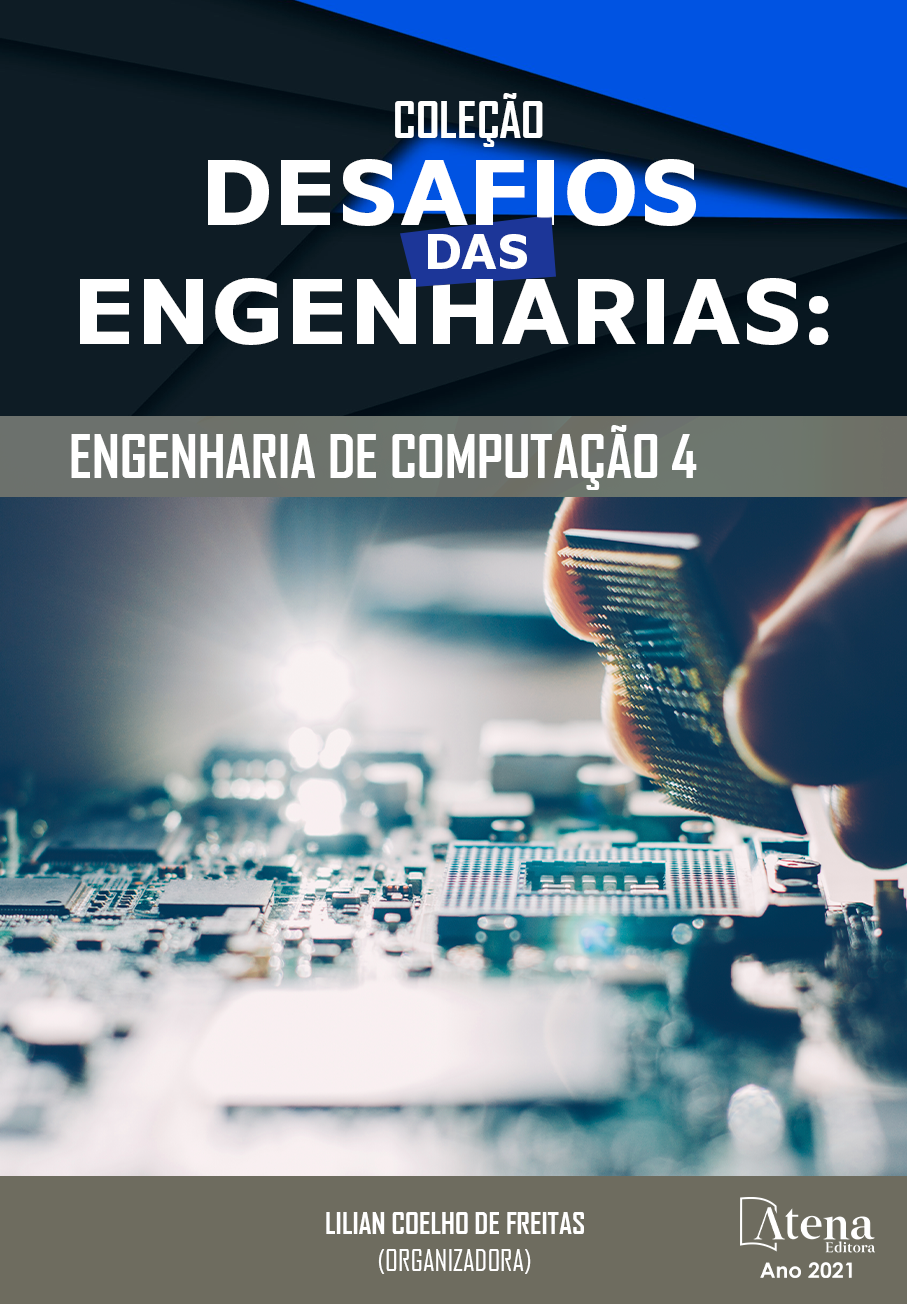
COMPARAÇÃO DE APIS DE OCR PARA RECONHECIMENTO DE DÍGITOS EM IMAGENS DE MOSTRADOR DE SETE SEGMENTOS
As plataformas de computacão em nuvem tornam acessível a tecnologia de reconhecimento de texto. Entretanto, a escolha da plataforma mais adequada para uma determinada aplicacão nem sempre é evidente. Este trabalho avaliou cinco solucões diferentes para reconhecimento de texto: AWS Rekognition, Microsoft Azure, Cloudmersive, Google OCR e OCRSpace. Foi utilizada uma base de dados de imagens de mostradores de sete segmentos em medidores de energia elétrica, a “YUVA EB Dataset”. Não houve pré-processamento para a melhoria da qualidade da imagem, para melhoria de iluminacão ou para eliminacão de ruídos. O Google Cloud apresentou melhores resultados acertando 100 resultados das 169 imagens de entrada, com acurácia de 86,5% considerando os 965 dígitos. Os resultados obtidos sugerem que as solucões oferecidas comercialmente não são adequadas para uso em producão sem uma etapa anterior de pré-processamento das imagens.
COMPARAÇÃO DE APIS DE OCR PARA RECONHECIMENTO DE DÍGITOS EM IMAGENS DE MOSTRADOR DE SETE SEGMENTOS
-
DOI: 10.22533/at.ed.5262110127
-
Palavras-chave: Rekognition. Azure cognitive services. Cloudmersive. Google Cloud. OCRSpace. Processamento de imagens. Reconhecimento de texto. OCR.
-
Keywords: Rekognition. Azure cognitive services. Cloudmersive. Google Cloud. OCRSpace. Image processing. Text recognition. OCR.
-
Abstract:
Cloud computing platforms make text recognition technology accessible. However, the most suitable solution for a given application is not always evident. This paper evaluated five different text recognition solutions: AWS Rekognition, Microsoft Azure, Cloudmersive, Google OCR, and OCRSpace. A database of images of seven-segment displays in electricity meters, the “YUVA EB Dataset”, was used. There was no pre-processing to improve image quality, to improve lighting or to eliminate noise. Google Cloud showed better results, hitting 100 results of the 169 input images, with an accuracy of 86.5 % considering the 965 digits. The results obtained suggest that the use of the solutions offered commercially are not suitable for use in production without a previous stage of pre-processing of the images.
-
Número de páginas: 14
- Leandro Colombi Resendo
- Jefferson Oliveira Andrade
- Karin Satie Komati
- Jonathan Ribeiro da Silva


